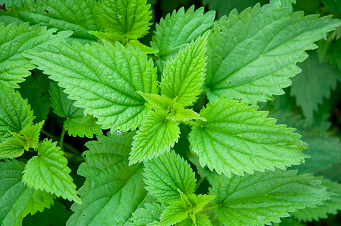Stinging nettle or nettle is a plant. People use the root and above ground parts as medicine.
Contents
Uses
Stinging nettle root is used for:
- Urination problems related to an enlarged prostate. These problems include frequent urination, painful urination, inability to urinate, and irritable bladder.
- Joint ailments
- As a diuretic
- As an astringent
Stinging nettle above ground parts are used for:
- Urinary tract infections
- Urinary tract inflammation
- Kidney stones
- Allergies
- Hay-fever
- Osteoarthritis.
- Internal bleeding
- Nosebleeds
- Bowel bleeding
- Anemia
- Poor circulation
- Enlarged spleen
- Diabetes
- Endocrine disorders
- Stomach acid
- Diarrhea and dysentery
- Asthma
- Lung congestion
- Rash and eczema
- Cancer
- Preventing the signs of aging
- “blood purification,”
- Wound healing
- General tonic
Stinging nettle above ground parts are applied to the skin for:
- muscle aches and pains
- Oily scalp
- Oily hair
- Hair loss
- In foods, young stinging nettle leaves are eaten as a cooked vegetable.
- In manufacturing, stinging nettle extract is used as an ingredient in hair and skin products.
- Stinging nettle leaf has a long history of use. It was used primarily as a diuretic and laxative in ancient Greek times.
Benefits
- Stinging nettle contains ingredients that might decrease inflammation and increase urine output.
Other Names
Bichu, Common Nettle, Feuille d’Ortie, Graine d’Ortie, Grande Ortie, Great Stinging Nettle, Nettle, Nettle Leaf, Nettle Seed, Nettle Worth, Nettles, Ortie, Ortie Brûlante, Ortie des Jardins, Ortie Dioïque, Ortie Méchante, Ortiga, Small Nettle, Stinging Nettles, Urtica, Urtica dioica, Urtica urens, Urticae Herba et Folium, Urticae Radix.
References
Source: WebMD, “Stinging Nettle”, www.webmd.com/vitamins-supplements/

